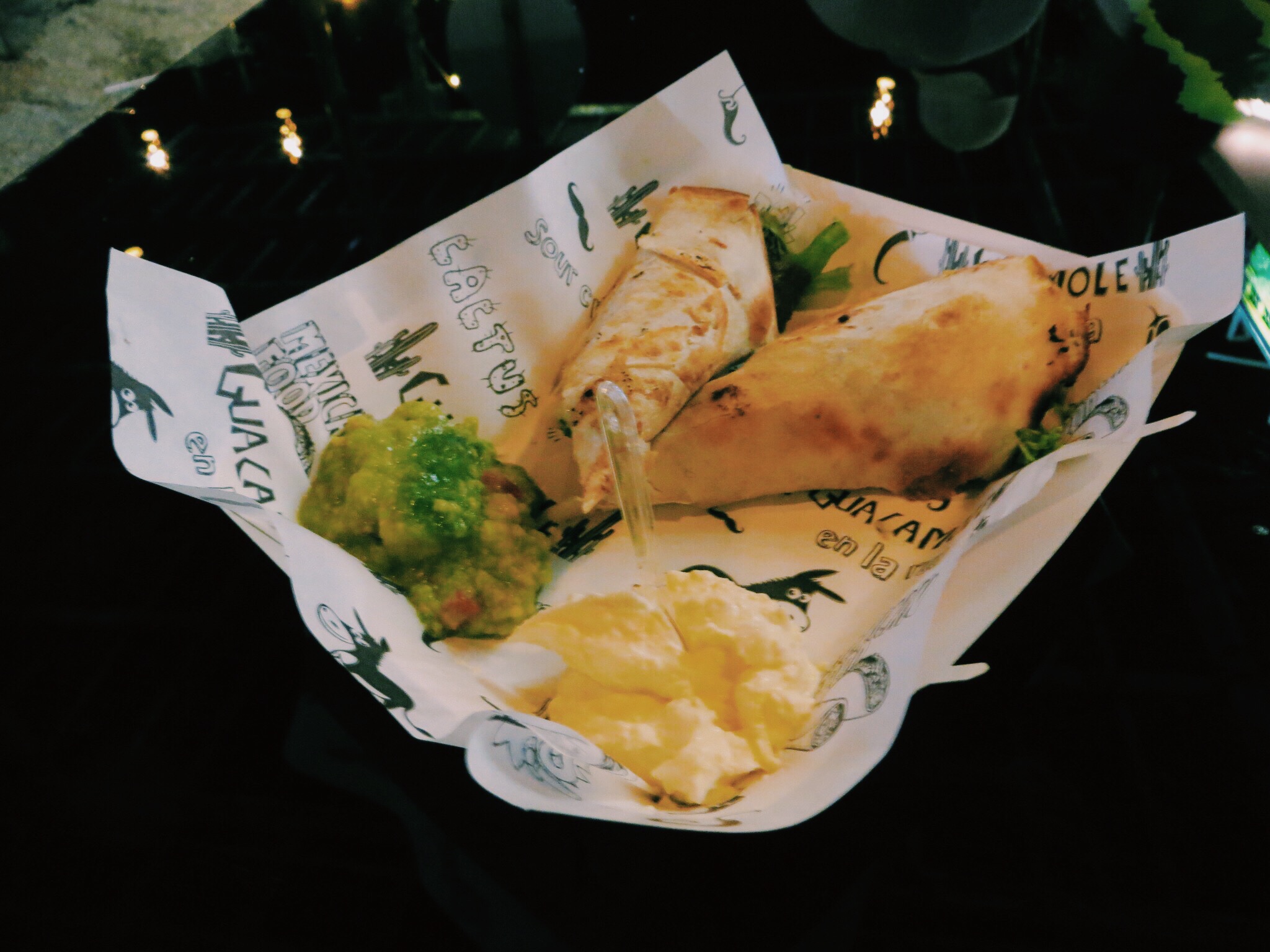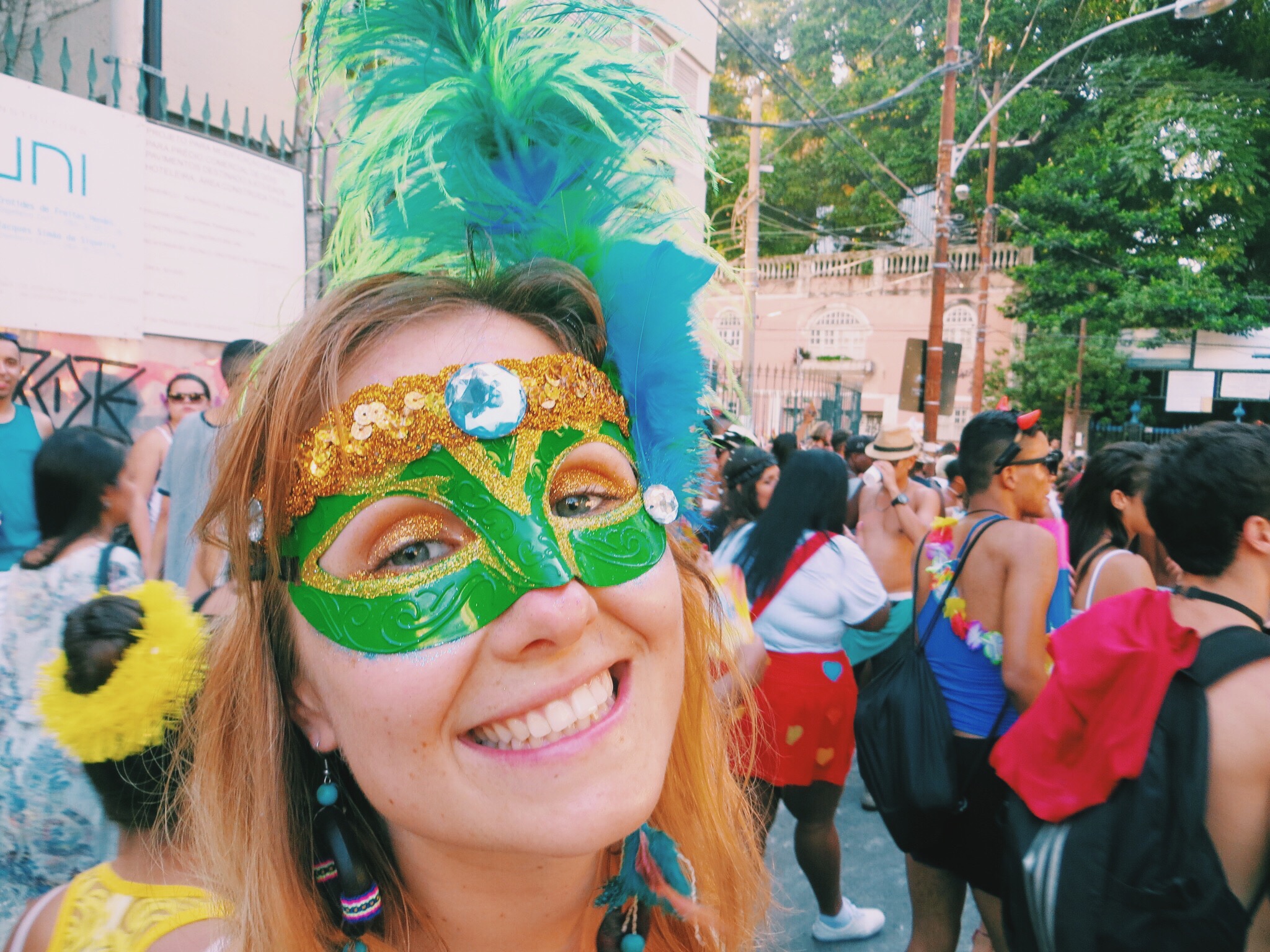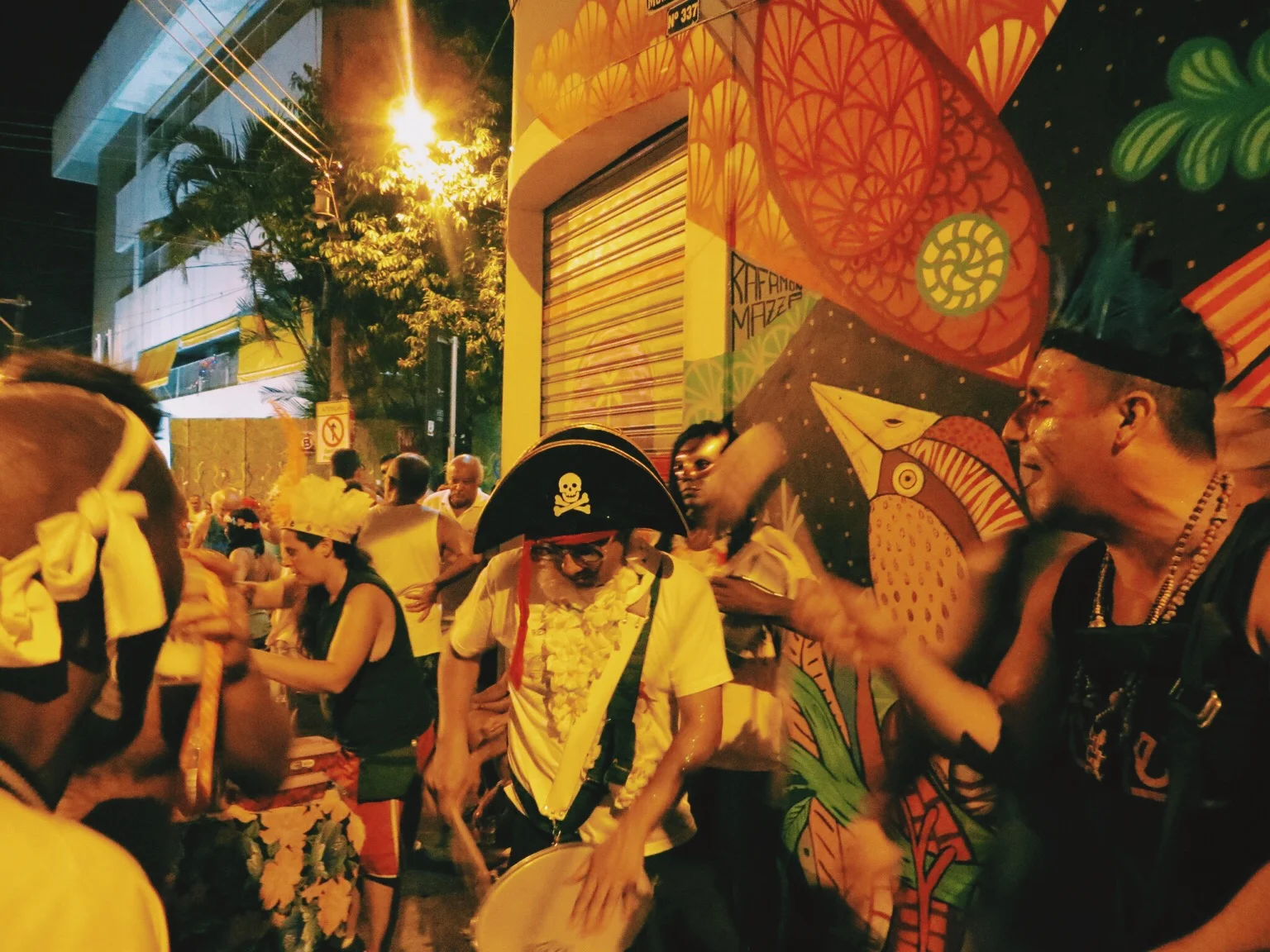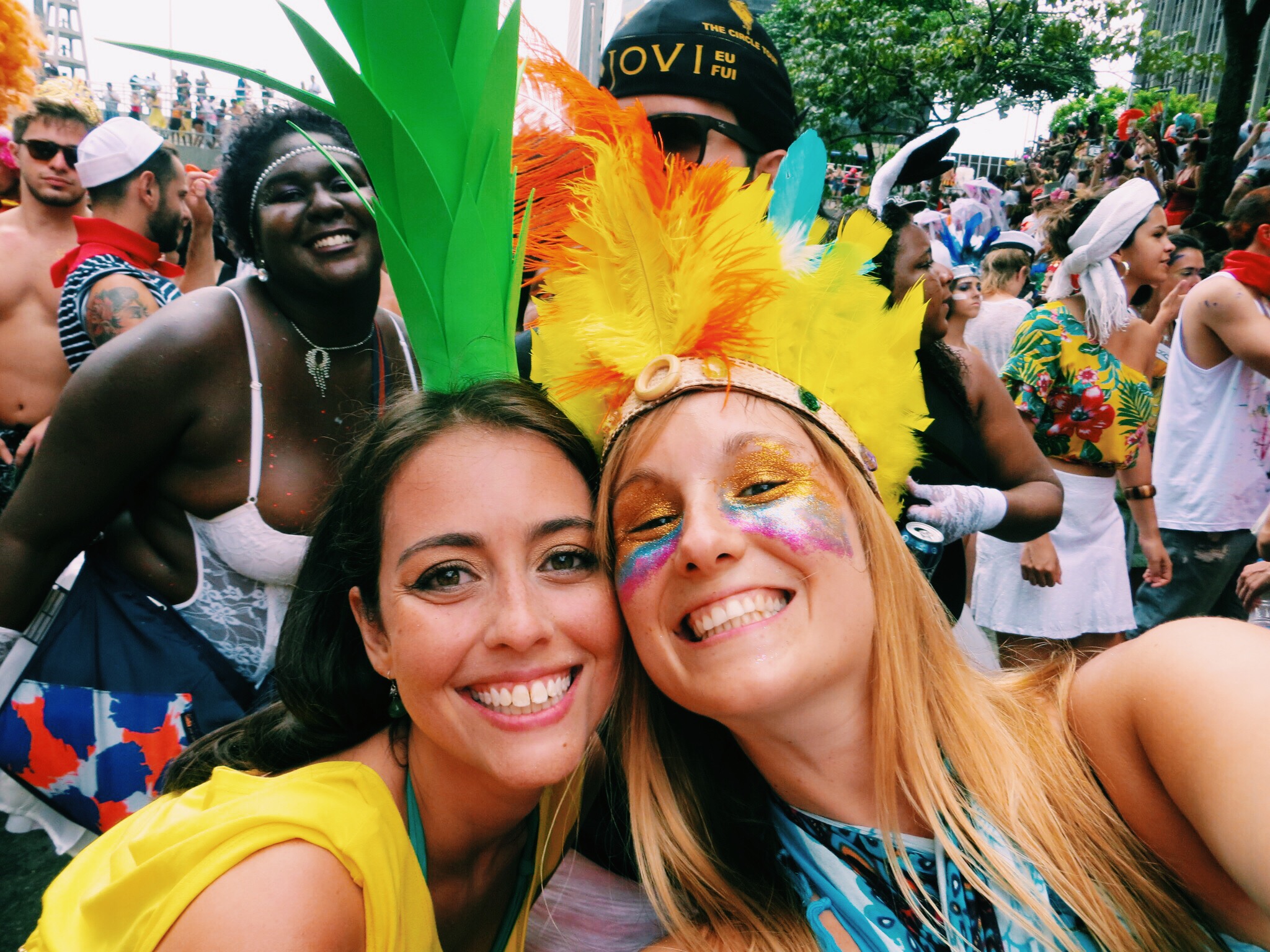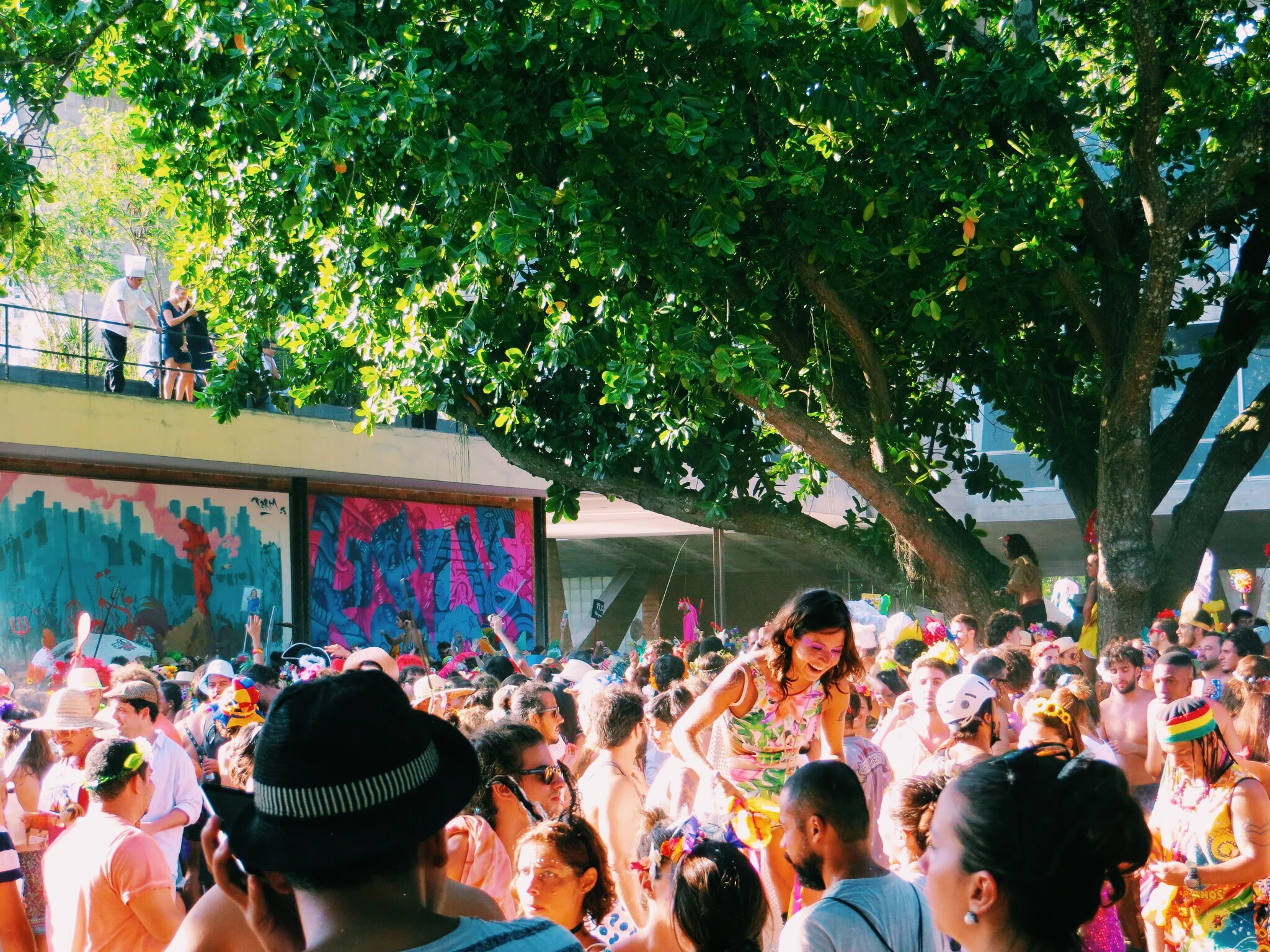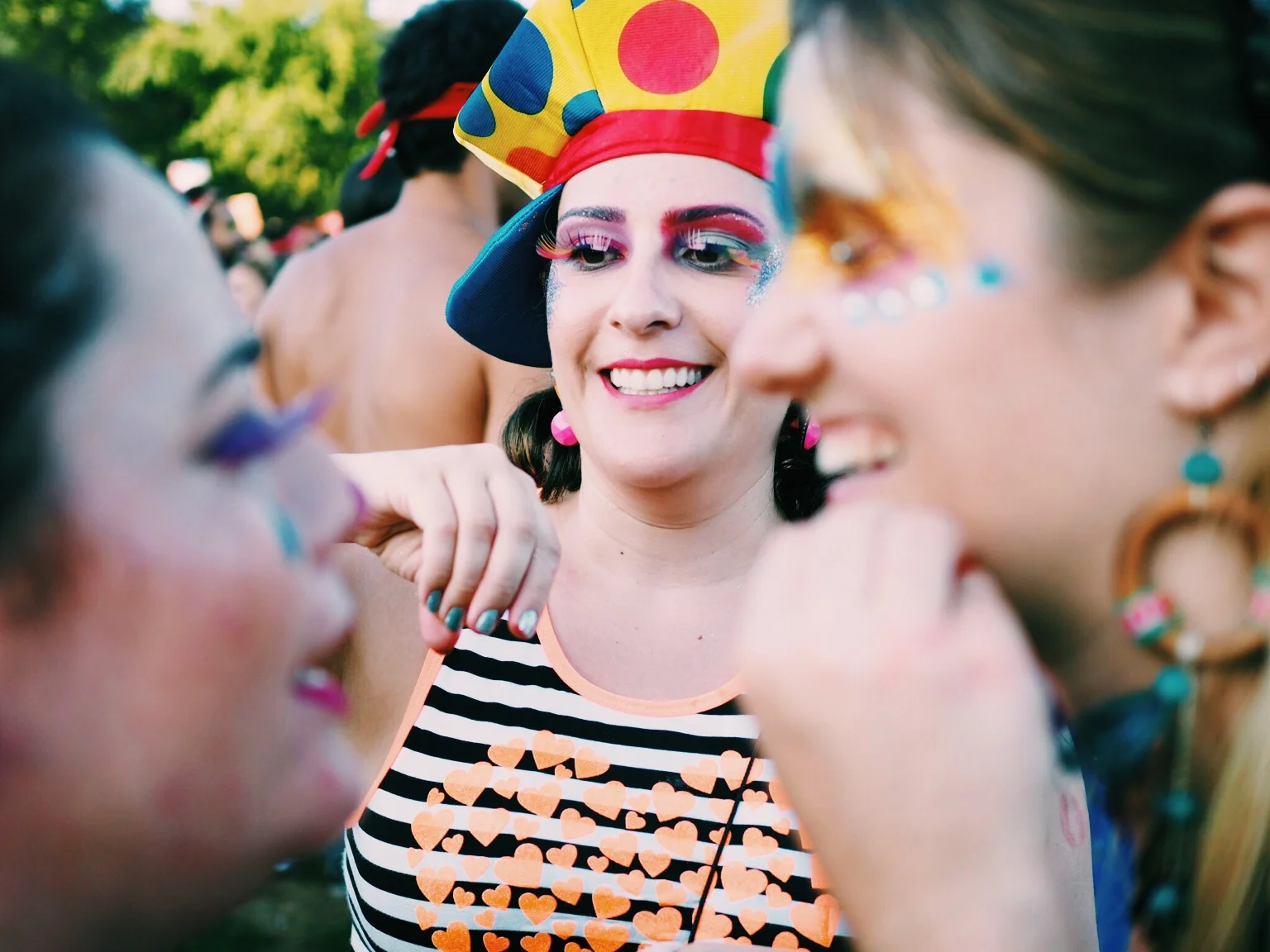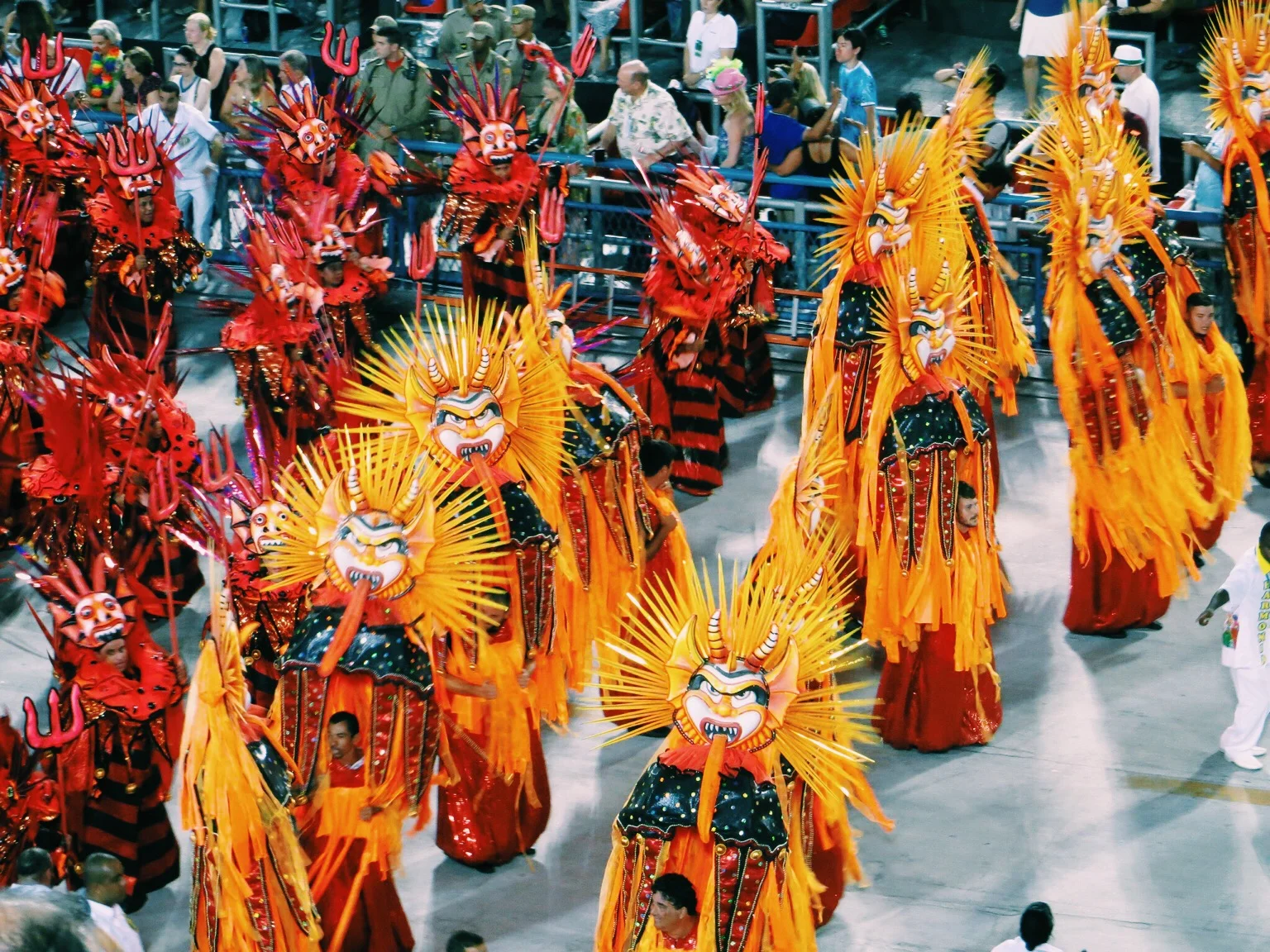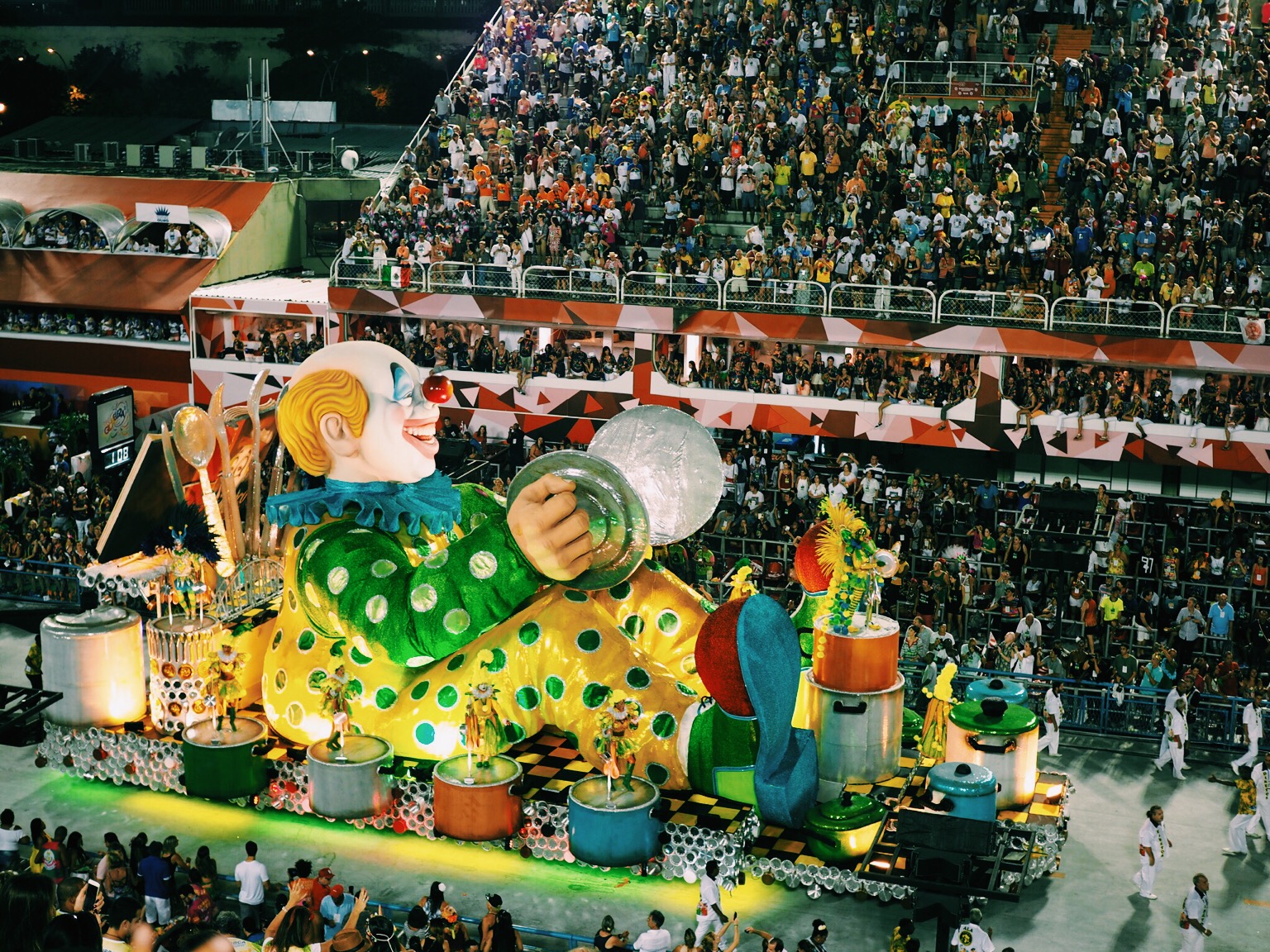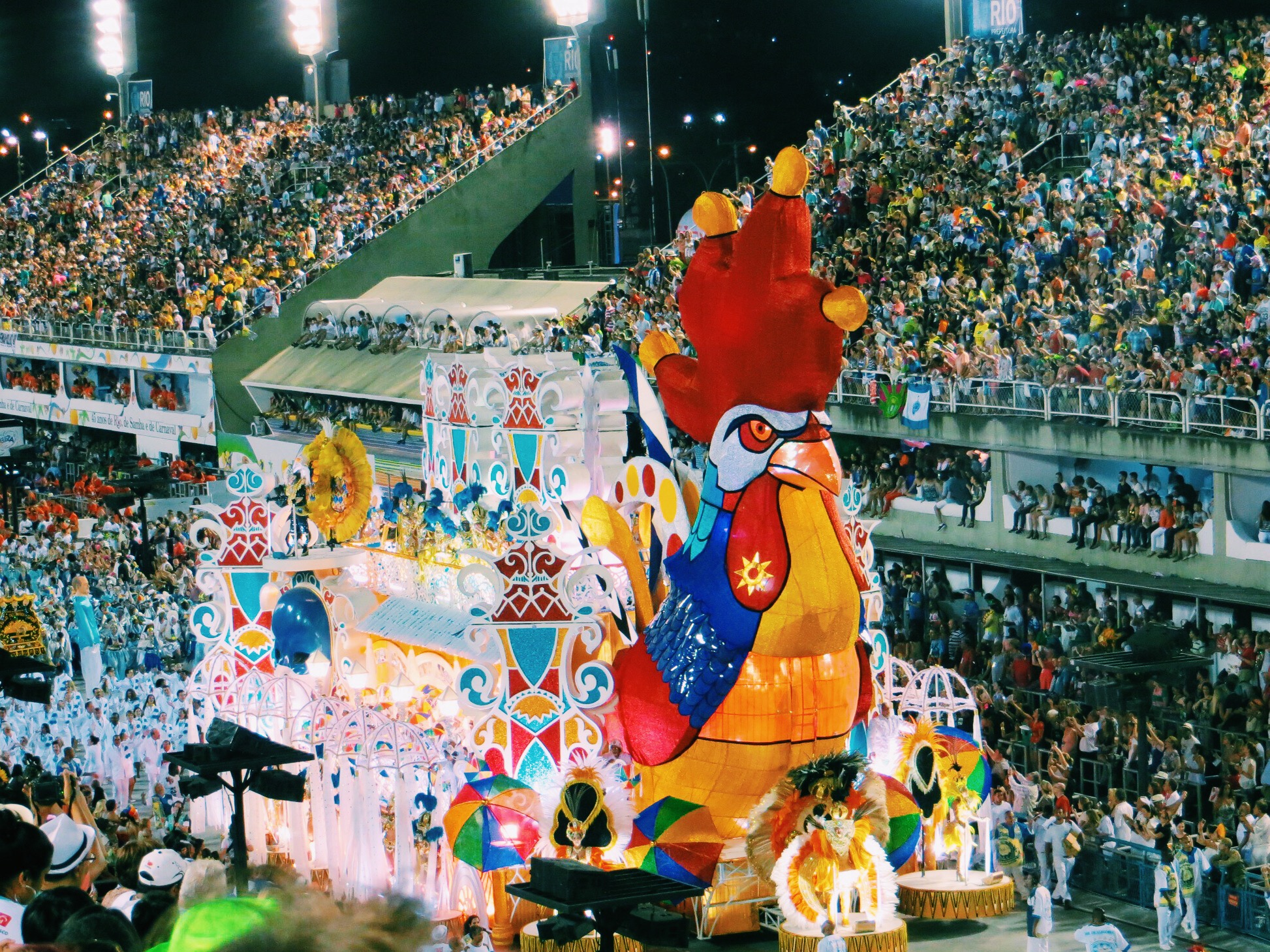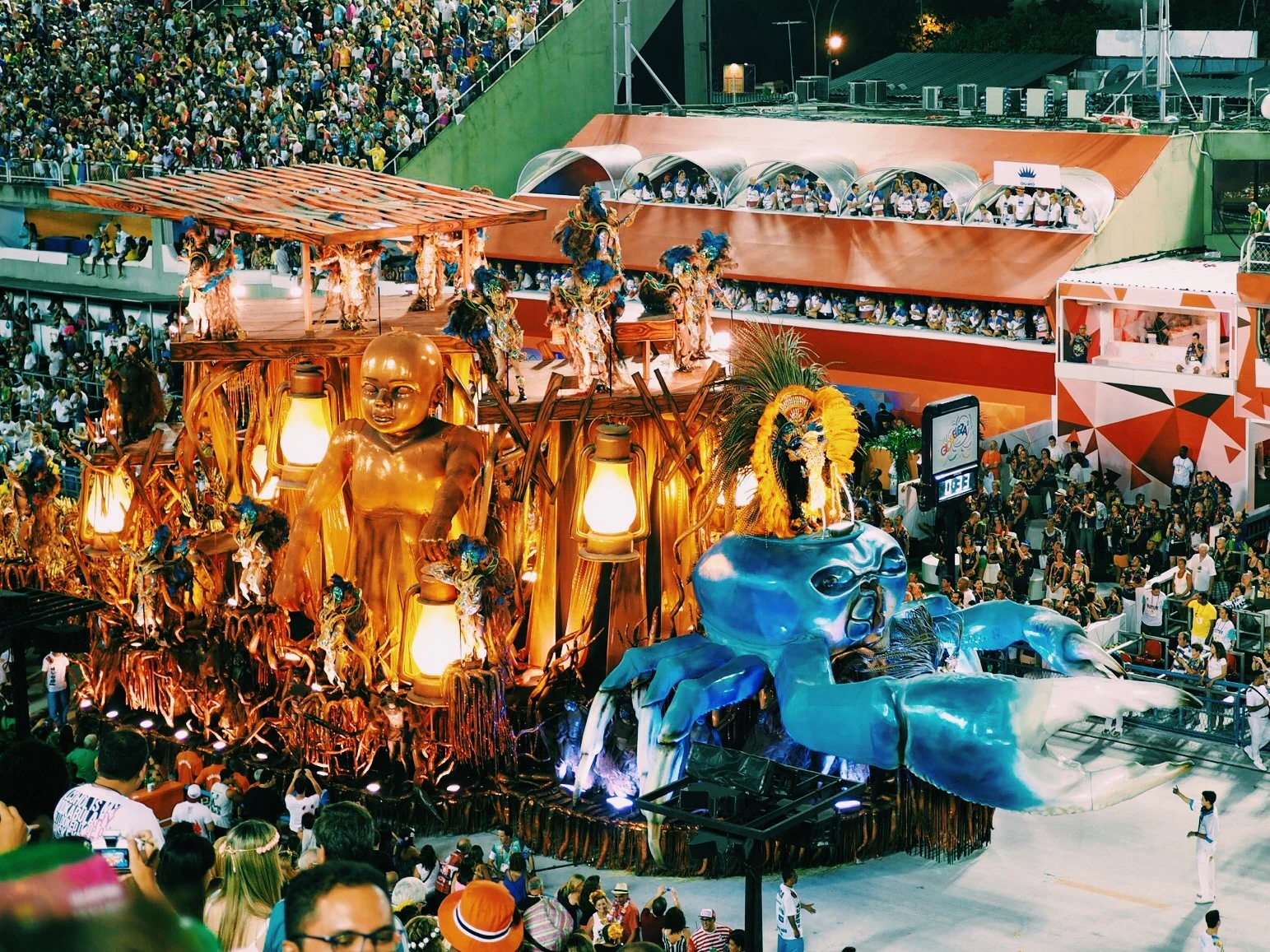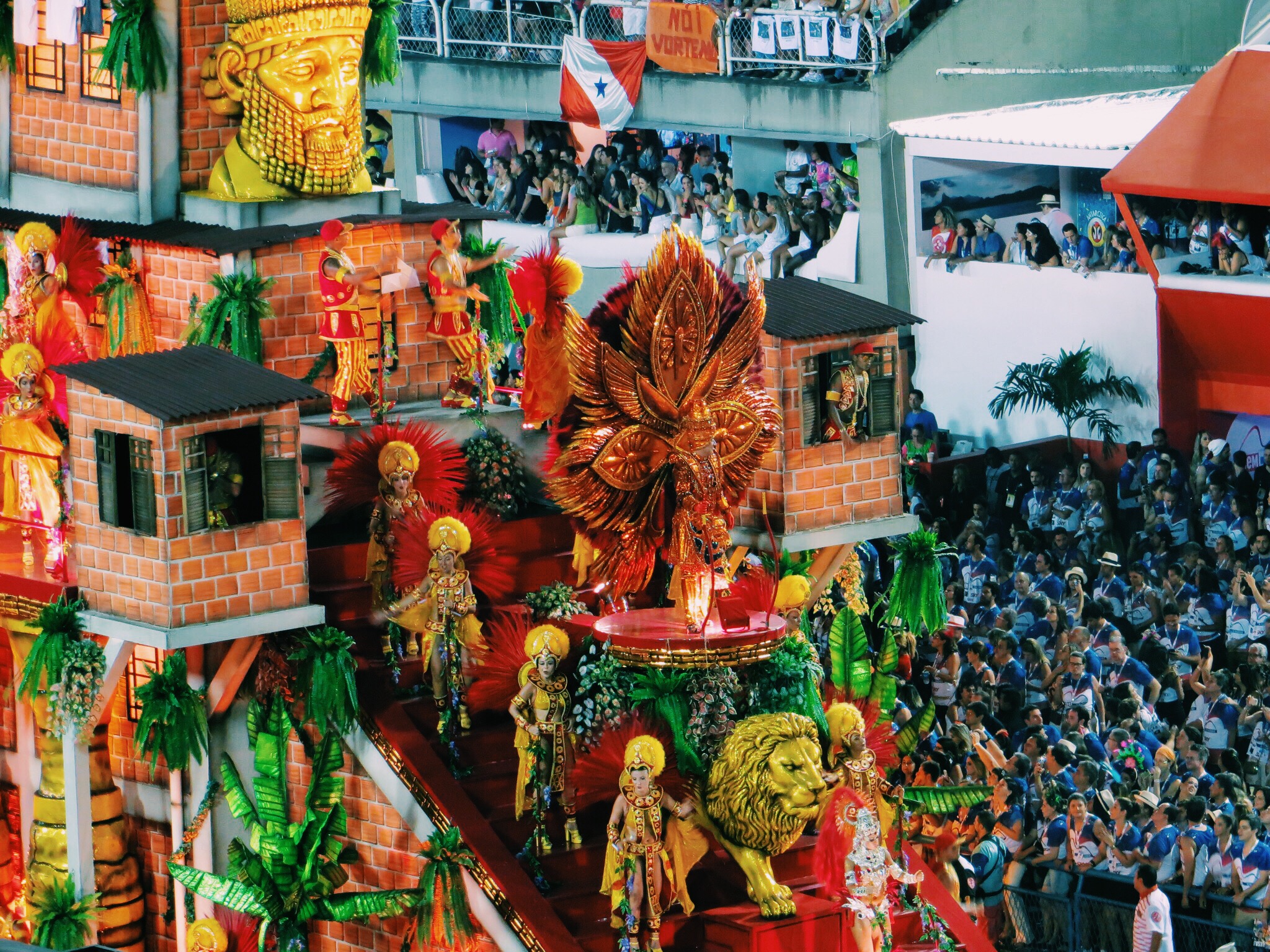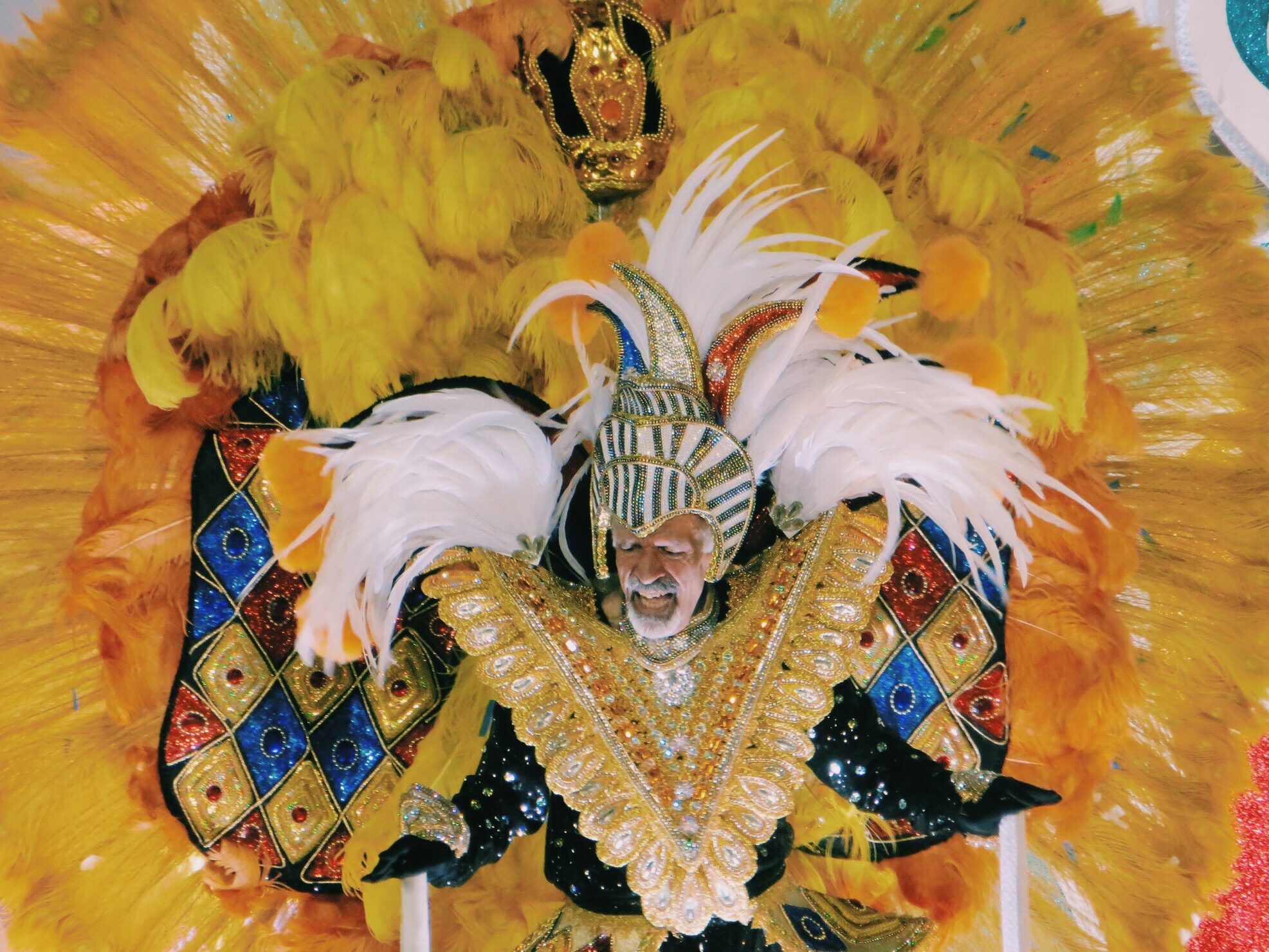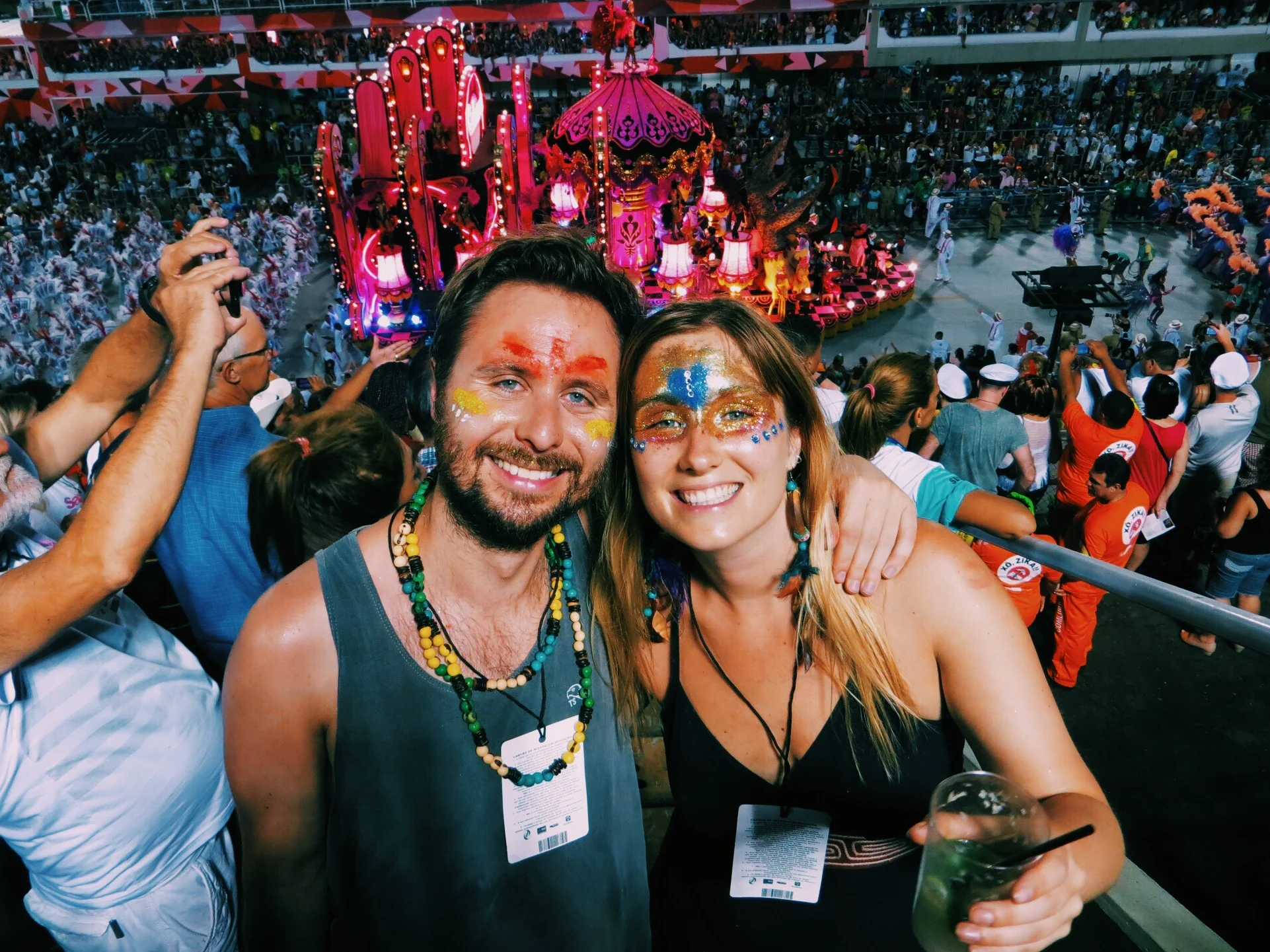Florianópolis
After a 12 hour Semi-Leito (half sleeper) bus from São Paulo we arrived in the city of Florianópolis, our last stop in Southern Brazil. Florianópolis is composed of a long, thin island (Ilha de Santa Catarina) with a built-up city centre bridging the mainland in the West, and the popular tourist areas located in the East and North.
To avoid the crowds our first stay was in Campeche, a small beach-side neighbourhood located in the more secluded Southern area of the island. The hostel in Campeche, although a little shabby, had a peaceful family feel and lovely host. However, it was a little quieter than we expected and didn't offer anything to do nearby without catching a bus or two (which were a little time consuming without timetables to check). On the plus side, we were pointed in the direction of some lovely remote beaches.
Highlights of Campeche included visiting Praia do Saquinho beach, reached by a 30 minute walk from Praia da Solidão at the Southern point of the island (with it's own resident beach horse!), and a great Monday night out at the Green Go party with cheap drinks and decent music. There was also a fantastic South African/Brazilian food truck called Chakalaka Street Food around the corner selling amazing burgers, hot dogs and 'crazy potato'.
We had a bit of difficulty getting a ticket to Uruguay (our next destination) as only a few buses ran per week, so consequently we ended up staying an extra 2 nights in Florianópolis. We took advantage of this by moving to the Barra de Lagoa area, a more upbeat part of the island that hosted some the best surfing beaches. We stayed at the Barra Beach Club hostel which was fantastic, with a great location overlooking a small beach, free surfboard rental and a buzzy social scene at the hostel bar during the evenings.
During our stay we realised that Florianópolis is less about sit-down culinary experiences and more about food trucks. In the evenings taco stands, burger trucks, gelato stalls and craft beer vans all congregated in Lagoa da Conceição at the Food Truck Parking Lot, a popup situated next to an empty concrete pool claimed by skaters, making it a perfect social eating and drinking spot. The food was cheap and tasty, and the experience was reminiscent of the food truck scene we were both used to back in London.
During the last few days of our stay we managed to get some good surfing practice in to burn off the calorific street food we'd been eating. We headed to Praia da Barra da Lagoa, a nearby beach that offered both surf lessons and cheap board hire. The waves were small but clean and perfect for beginners, and we enjoyed some easygoing sessions on rented 8ft foam boards.
Although we were initially a little underwhelmed by Florianópolis, after 5 days we understood why it was so popular: a devoted surf and skate culture. The chilled atmosphere, consistent swell and great nightlife makes it the perfect setup for the younger crowds and surfer lifestyle. It was nice to pause from cultural sight-seeing and just enjoy a more easy going pace. We ended our stay with a great night out in Malam club in Lagoa da Conceição with a few others who were staying at the hostel.













